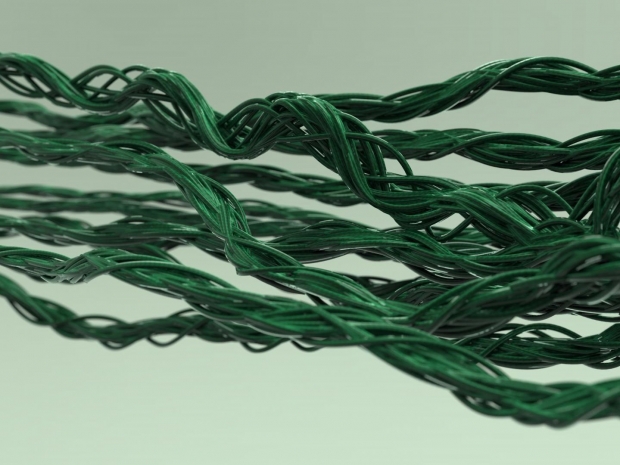Most semiconductors are currently made of silicon or other rigid inorganic materials. Boffins have tried making flexible, degradable semiconductors using different approaches, but the products either didn't break down completely or had reduced electrical performance when stretched.
Zhenan Bao and colleagues wanted to see if they could solve these problems by combining a rubbery organic polymer with a semiconducting one.
To make their new material, the researchers synthesized and mixed the two degradable polymers, which self-assembled into semiconducting nanofibers embedded in an elastic matrix. Thin films made of these fibres could be stretched to twice their normal length without cracking or compromising electrical performance. When placed in a weak acid, the new material degraded completely within 10 days, but it would likely take much longer in the human body, Bao says. The semiconductor was also non-toxic to human cells growing on the material in a petri dish.
According to the researchers, this is the first example of a material that simultaneously possesses the three qualities of semiconductivity, intrinsic stretchability and full degradability.
There is no word on clock-speed or frame rates, or if you can play Halo on it.




